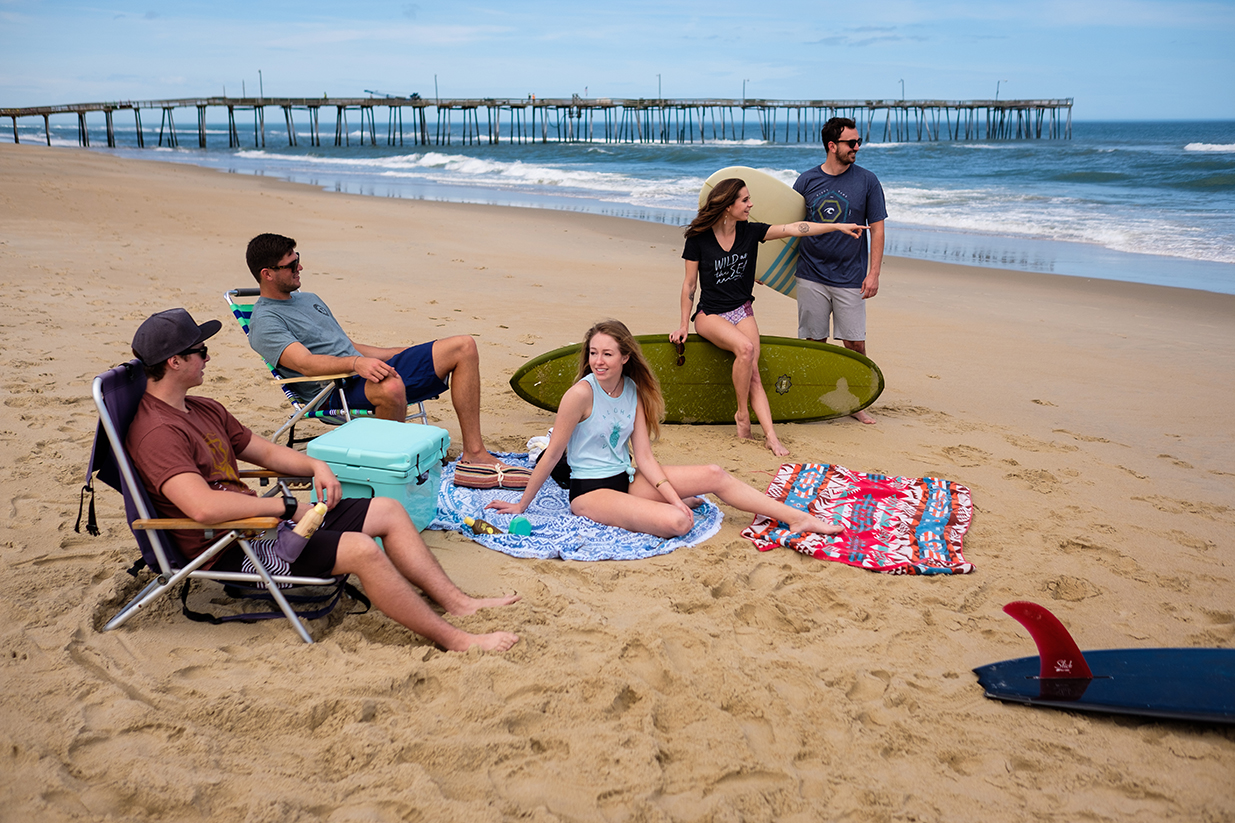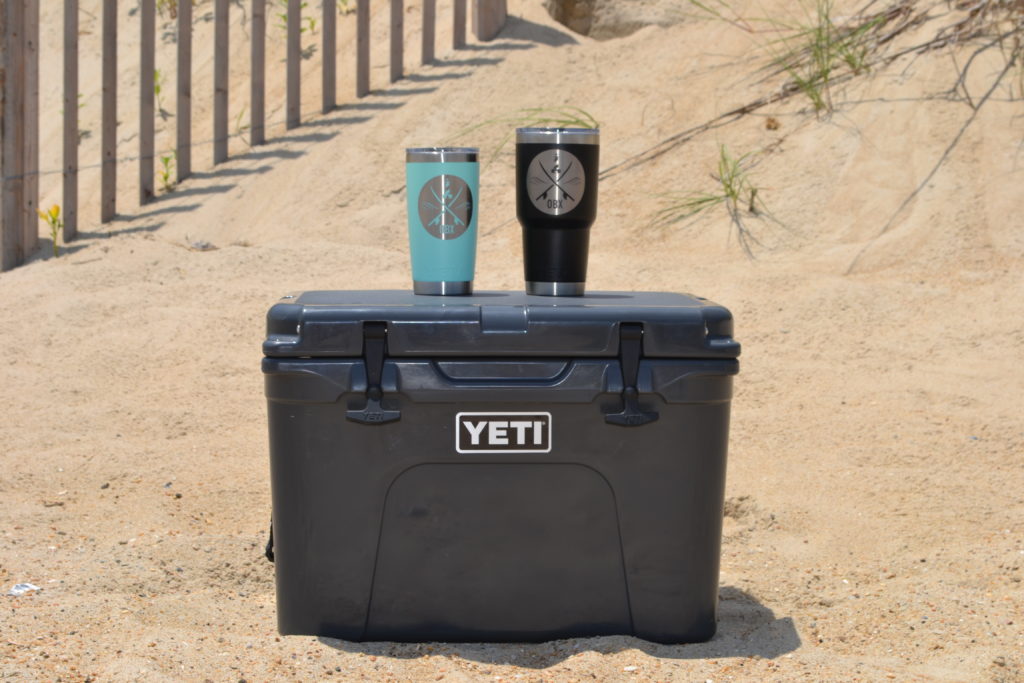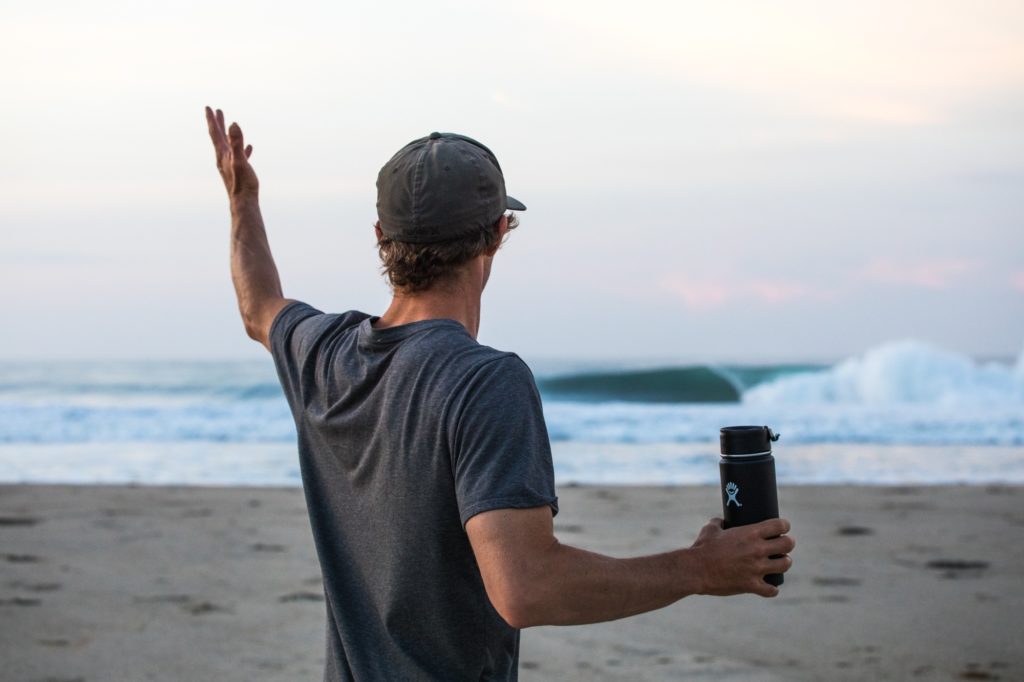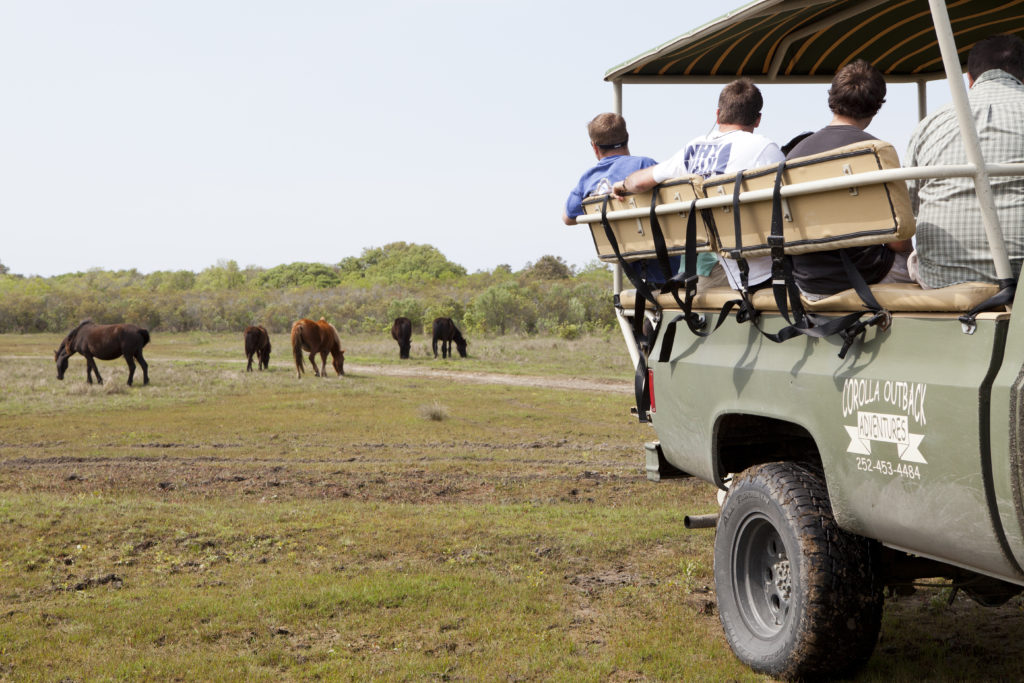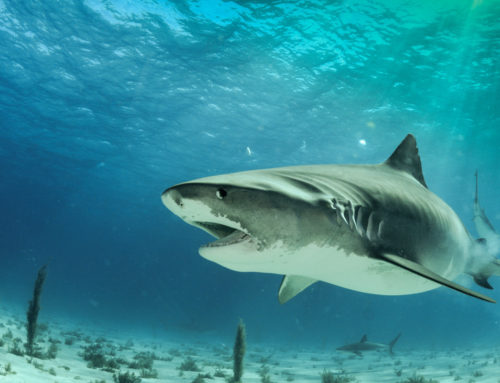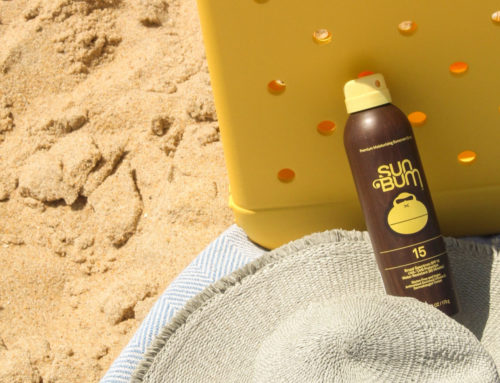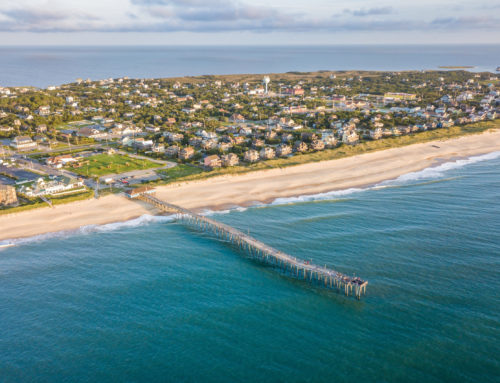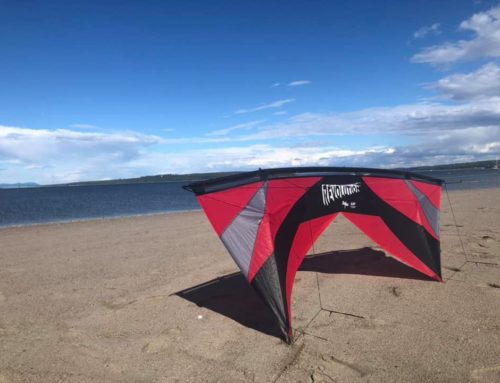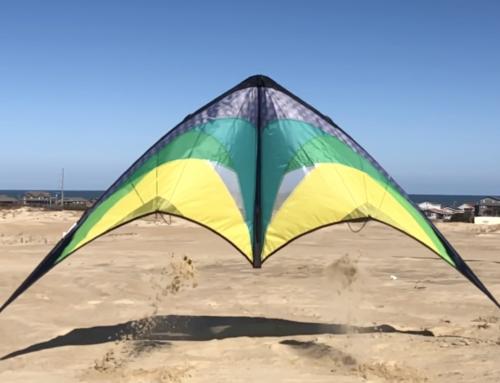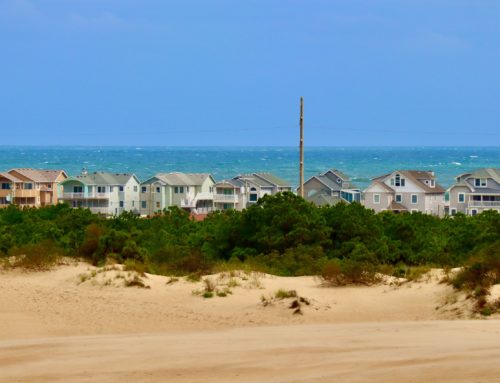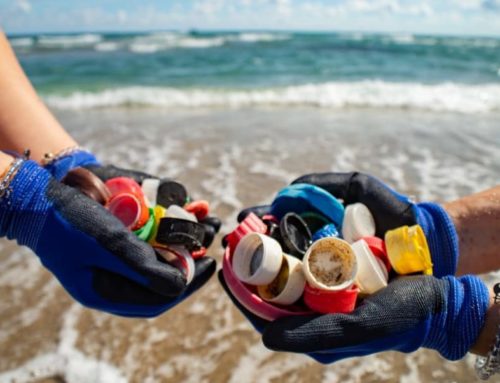This summer, keep your family’s safety top of mind when you visit the beach. Playing in the sand and swimming in the surf should be fun and worry-free. Follow these simple beach safety tips to make the most of your vacation!
- Look for the flag
- Wear sun protection
- Wear sunglasses
- Stay hydrated
- Stay away from the wildlife
- Use the buddy system
- Maintain social distancing
1. Look for the Beach Safety Warning Flags
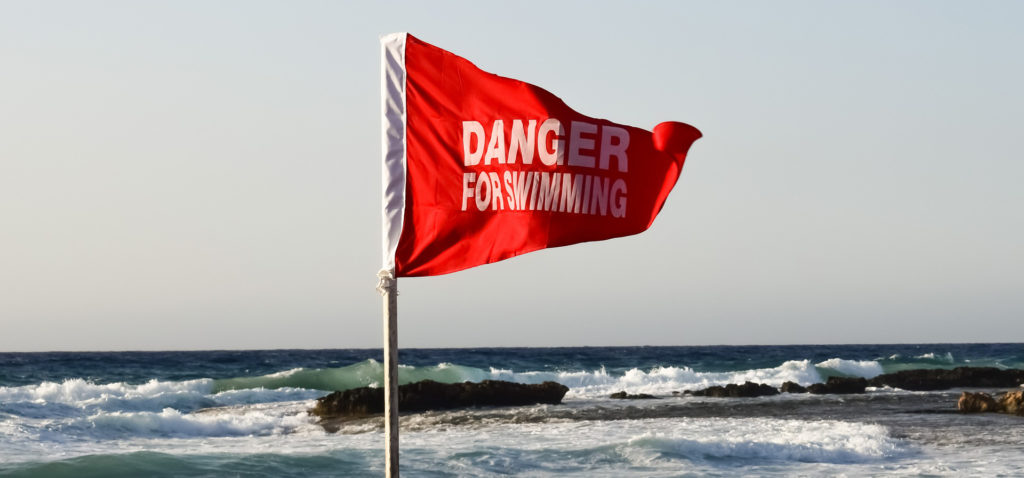
All public beaches follow the same beach safety flag protocols as mandated by the United States Lifesaving Association (USLA) and the International Life Saving Federation (ILS). Because of these standards, there are only a few flags to remember. Remember, the absence of a warning flag does not guarantee safe swimming conditions.
- Yellow flag – Medium hazard. This may mean that there are small rip tides, rough conditions, or larges waves present. We recommend adult supervision and personal flotation devices. Weak swimmers and children are discouraged from entering the water.
- Red flag – High hazard. Rough conditions such as strong surf and/or currents are present. All swimmers are discouraged from entering the water. Those entering the water should take great care.
- Double red flags – Water is closed to public use.
- Purple flag – Marine pests, such as jellyfish, stingrays, sea snakes, or other marine life which can cause minor injuries are present in the water.
- Half red over half yellow flag – Lifeguards protect and oversee this area.
- Black/White (quartered) flag – Safety personal use these flags in pairs spaced apart to indicate a designated area or zone along a beach or waterfront used by those with surfboards and other non-powered watercraft.
- Yellow flag with central black ball – Surfboards and other non-powered watercraft are prohibited.
- Orange windsock – This device indicates the direction of offshore winds and to shows whether it is unsafe for inflatable objects to be used in the water.
- Red/White (quartered) flag – Emergency evacuation. Swimmers should leave the water because of an emergency.
Find more information here.
2. Wear Sun Protection
No one wants their vacation cut short by a sunburn. So put on sunscreen or other sun protection. Choose a broad-spectrum sunscreen rated from 15 to 50 SPF and reapply every 30-60 minutes. We recommend Sun Bum products because they are all hypoallergenic and made with built-in moisturizers to keep your skin hydrated.
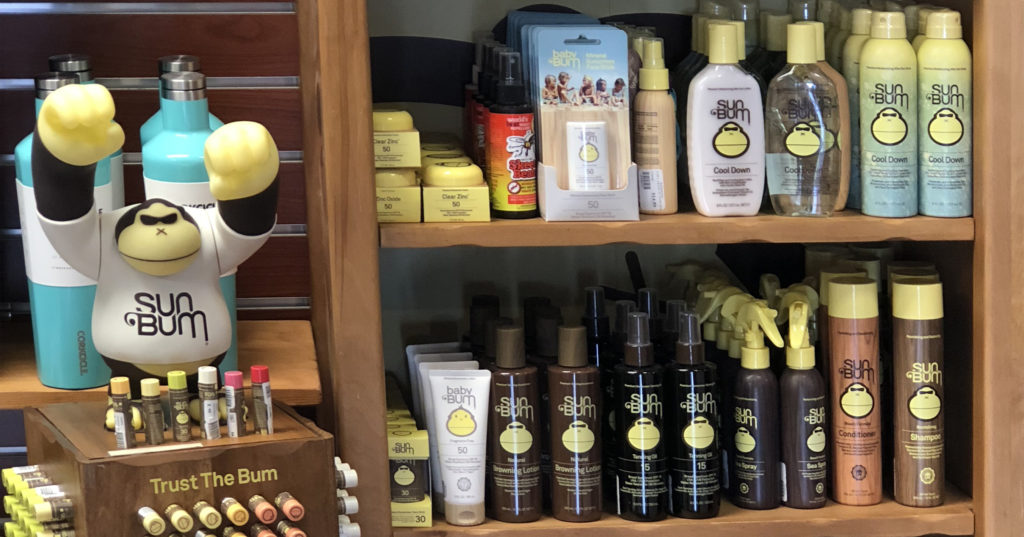
Other options for sun protection include sun shirts and other SPF rated clothing, and beach umbrellas or sun shades.
3. Wear Sunglasses
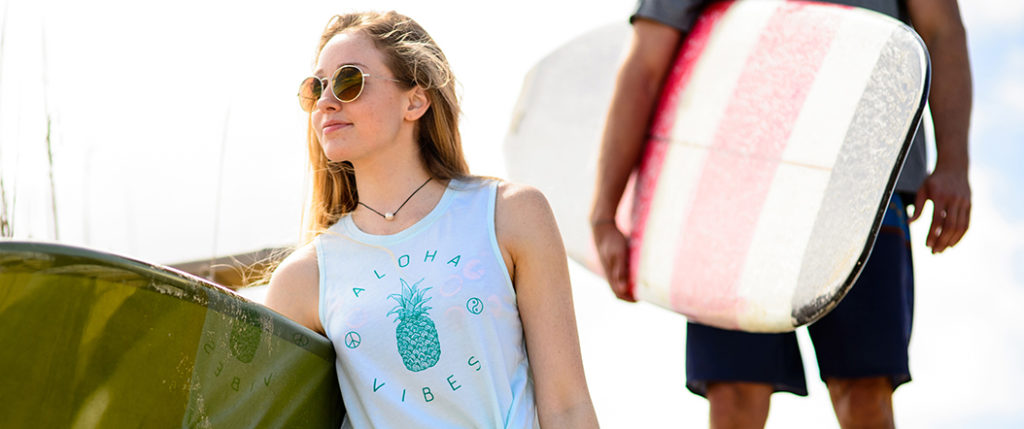
Sunglasses aren’t just a fashion statement. They are also essential eye protection against the sun. We recommend polarized sunglasses that provide additional protection. Sunglasses also aid your sight so you can keep an eye out for your friends and family on the beach.
4. Stay Hydrated
Being out in the hot sun is one of the quickest ways to get dehydrated. So we recommend keeping some fresh water at hand. Bring more than you think you’ll need. Water can be kept cold and away from the sand in a cooler or reusable water bottle like these from Yeti and Hydro Flask.
If you do become dehydrated or start to feel ill, contact a lifeguard trained to treat heat exhaustion.
5. Stay Away from the Wildlife
Whichever beach you choose to visit, there is wildlife that calls the beach home year-round. Wildlife you may encounter includes wild horses, dolphins, sharks, jellyfish, sea turtles, and more. Observe them from a distance. Always give them their space. Never approach wildlife on the beach (or anywhere, really) and call local animal control if you see an animal in distress. DO NOT feed any animals. Most wildlife have very specific diets and human foods can cause illness with fatal consequences.
If you wish to see the wildlife on the Outer Banks, we offer several guided tours to their natural habitats.
6. Use the Buddy System
Never swim alone. This is especially important in the ocean. The ocean is unpredictable and often unforgiving. Make sure you have someone with you at all times. If either of you feel uncomfortable swimming in the current conditions, wait for more favorable conditions. The ocean will still be there. We also recommend swimming near a lifeguard or lifeguard stand, when possible. They can help to identify potential hazards and respond quickly in the case of an emergency.
7. Maintain Social Distancing
In the current Covid-19 era, you can help to protect yourself and those around you with some simple suggestions. Stay 6 feet away from people outside of your household. When that is not possible, or you suspect someone in around is sick, wear a face mask or covering. Many available fabric face masks are effective at preventing the spread of coronavirus. They are also very stylish and take up very little space in your beach bag.
Looking for more to do at the beach? Read our More than Just a Beach post
Stay safe out there!
